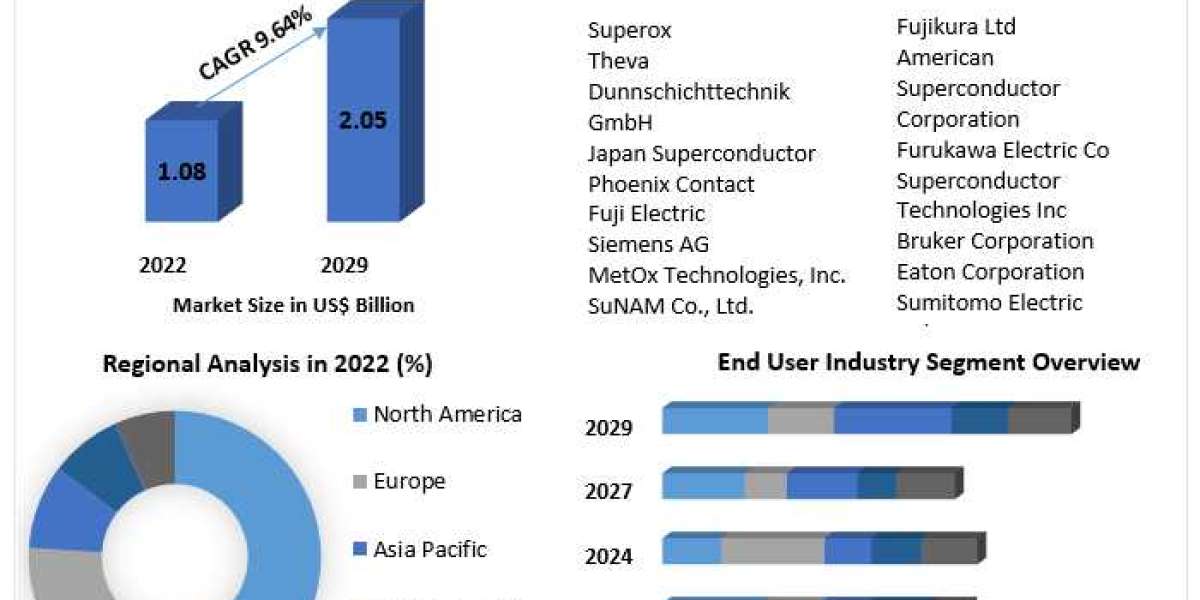CE Certification: Ensuring Compliance and Quality
What is CE Certification?
CE certification is a mark of conformity that indicates a product complies with the essential health, safety, and environmental requirements set out by European Union (EU) legislation. It allows manufacturers to legally market their products within the European Economic Area (EEA) and other countries that recognize CE marking.
Importance of CE Certification
Legal Requirement: CE marking is mandatory for many products sold within the EEA, ensuring they meet EU safety and environmental standards.
Market Access: It facilitates access to the European market, boosting trade opportunities for manufacturers worldwide.
Consumer Confidence: CE marking signifies that a product meets stringent safety and quality standards, enhancing consumer trust and confidence.
Global Recognition: While primarily for the EU market, CE marking is recognized globally as a symbol of product safety and compliance.
Process of Obtaining CE Certification
Identify Applicable Directives: Determine which EU directives and regulations apply to your product category.
Conformity Assessment: Conduct conformity assessment procedures, which may include testing, documentation review, and quality system audits.
Technical Documentation: Prepare technical documentation demonstrating compliance with relevant requirements.
Affixing the CE Mark: Once compliance is ensured, affix the CE mark to the product and draft a Declaration of Conformity (DoC).
Common Challenges
Complexity: Understanding and navigating EU directives and regulations can be complex, especially for non-EU manufacturers.
Costs and Resources: Obtaining CE certification involves costs related to testing, assessment, and documentation.
Updating Requirements: Standards and regulations may evolve, requiring ongoing compliance monitoring and updates.
Conclusion
CE certification is crucial for accessing the EU market and demonstrating product compliance with rigorous safety and quality standards. Manufacturers must adhere to the certification process diligently to ensure market readiness and consumer satisfaction.






